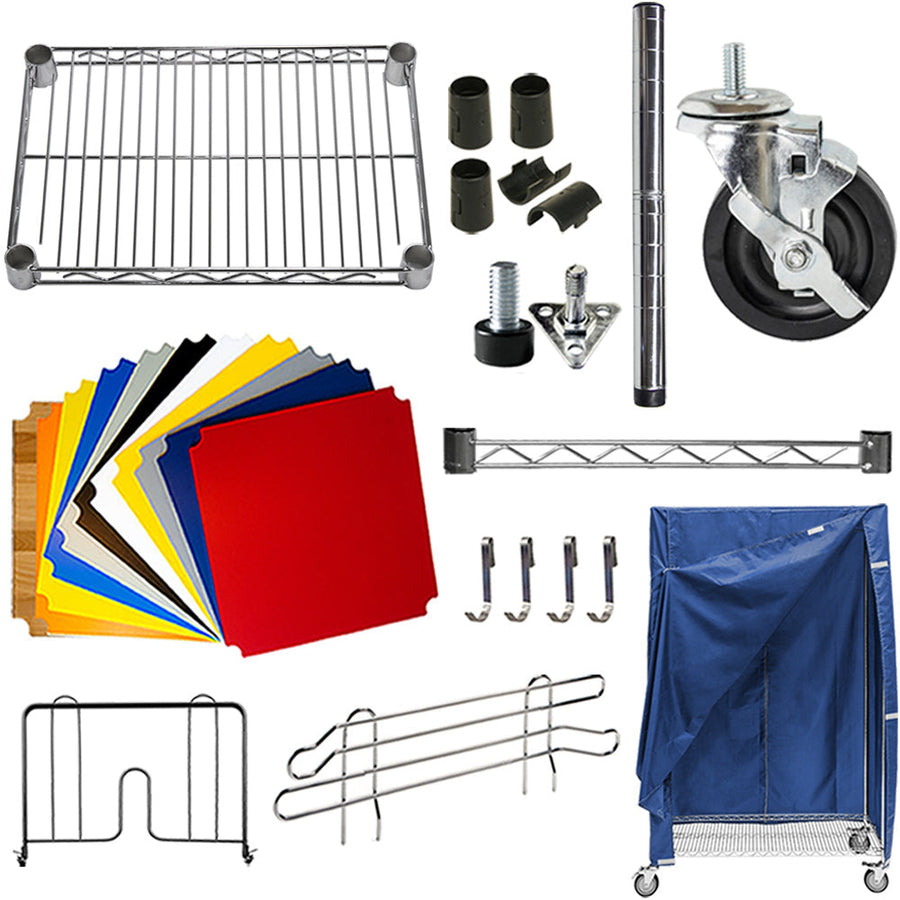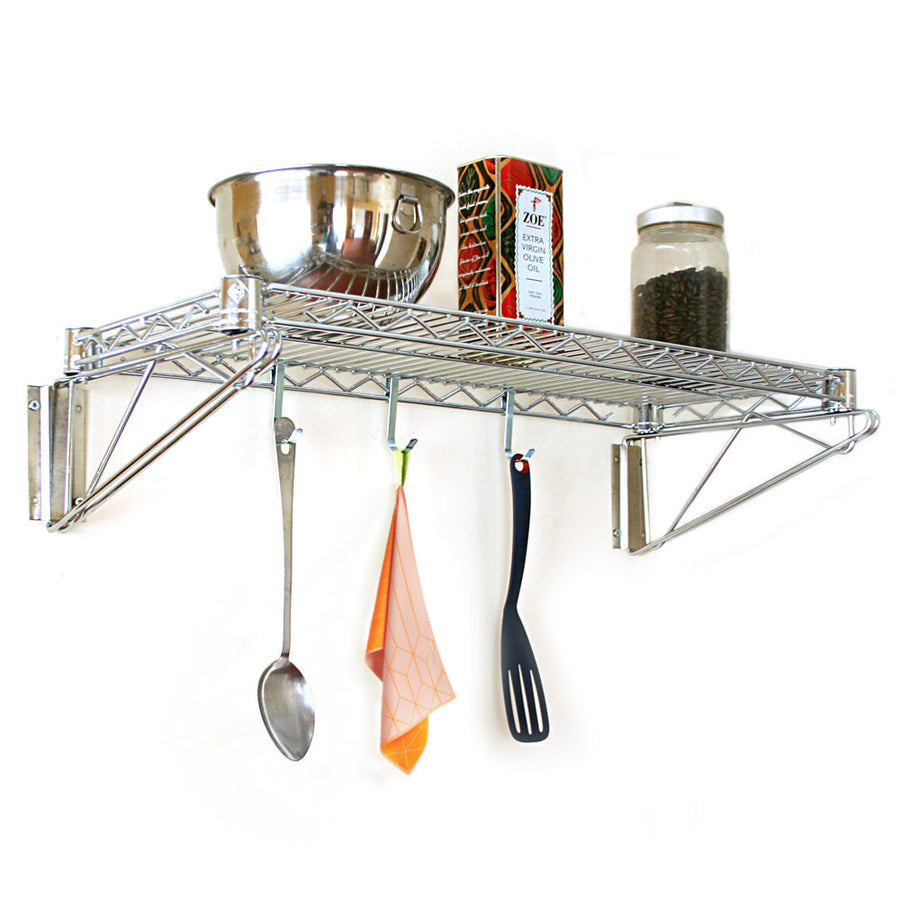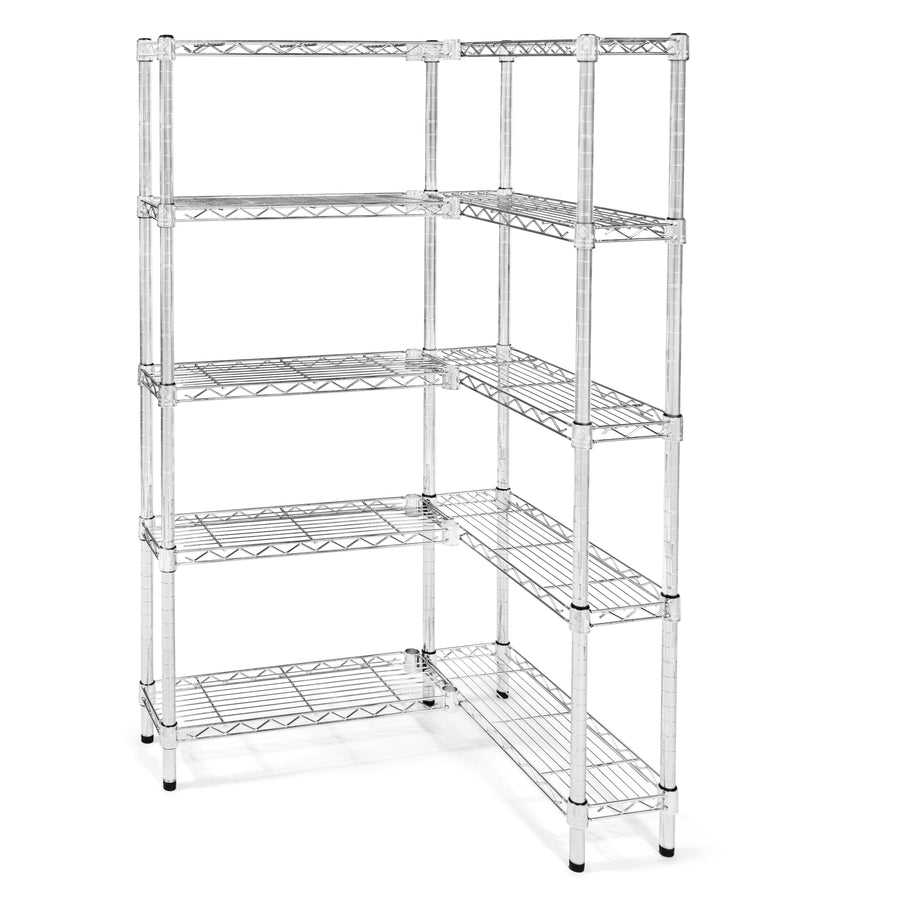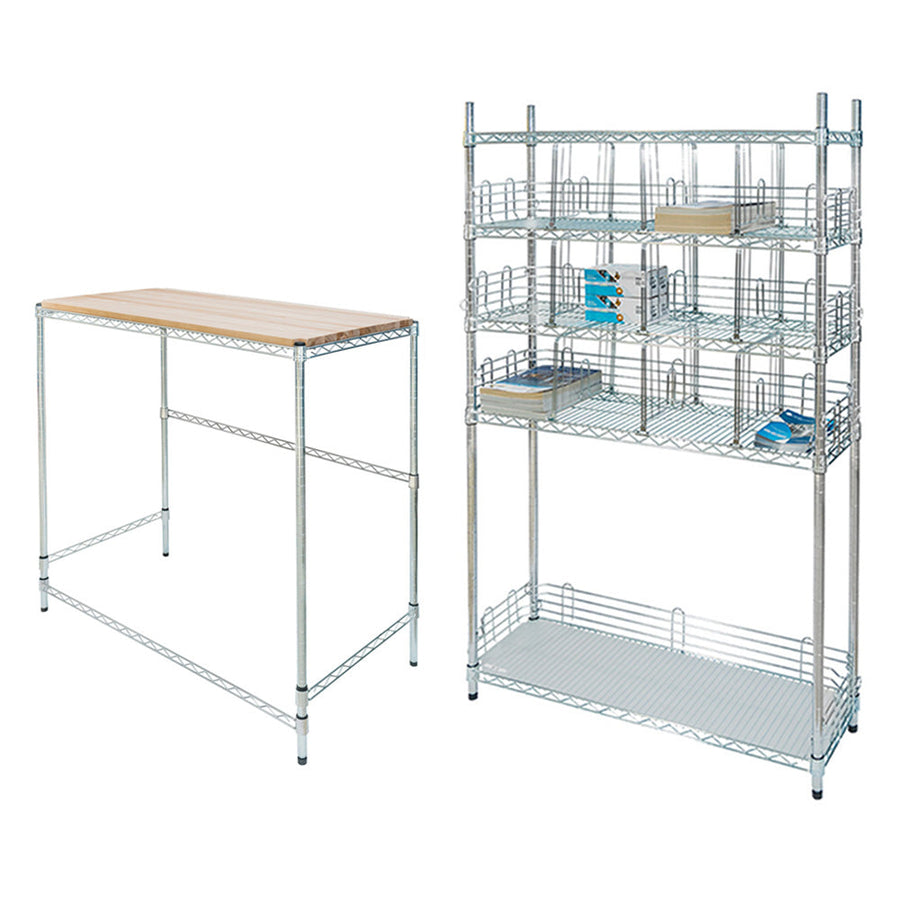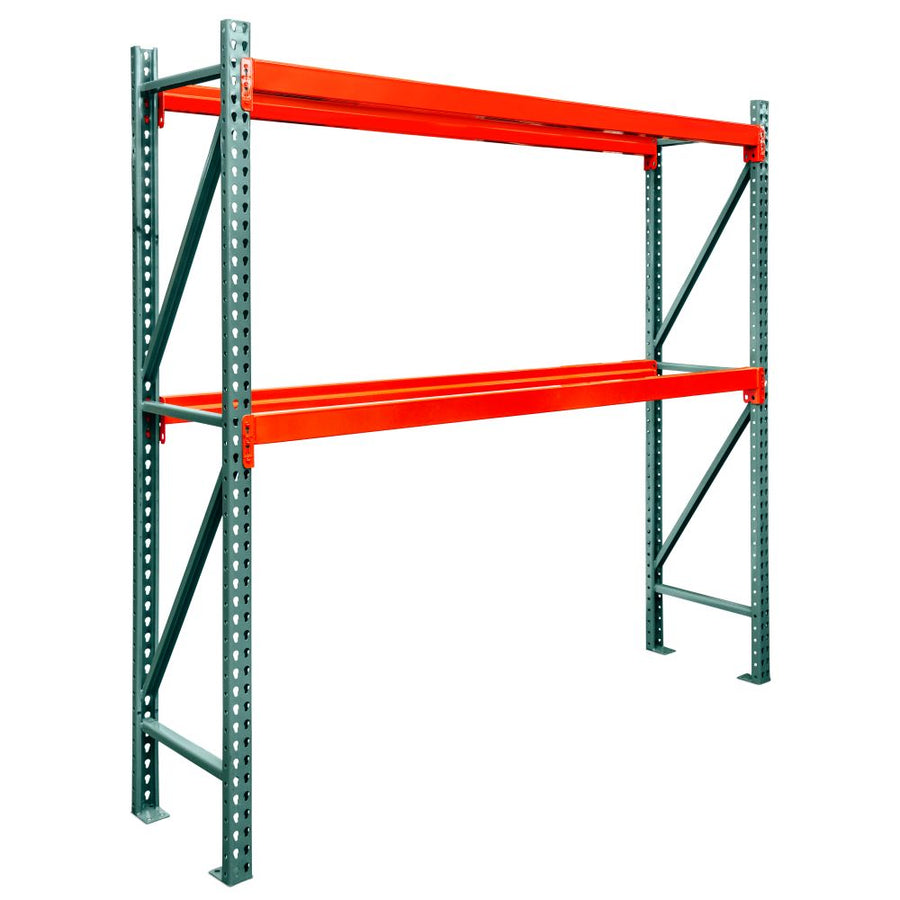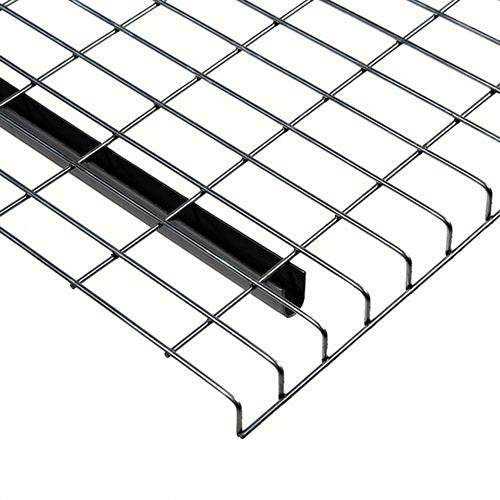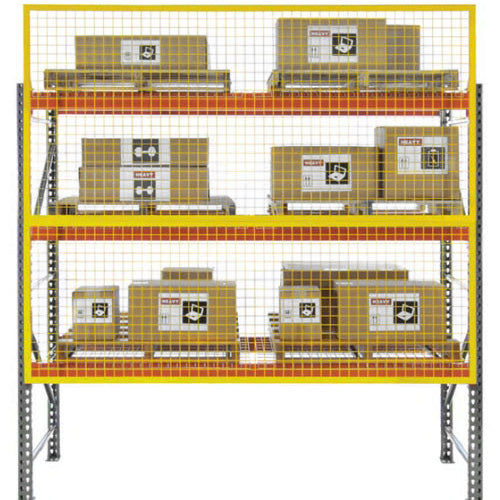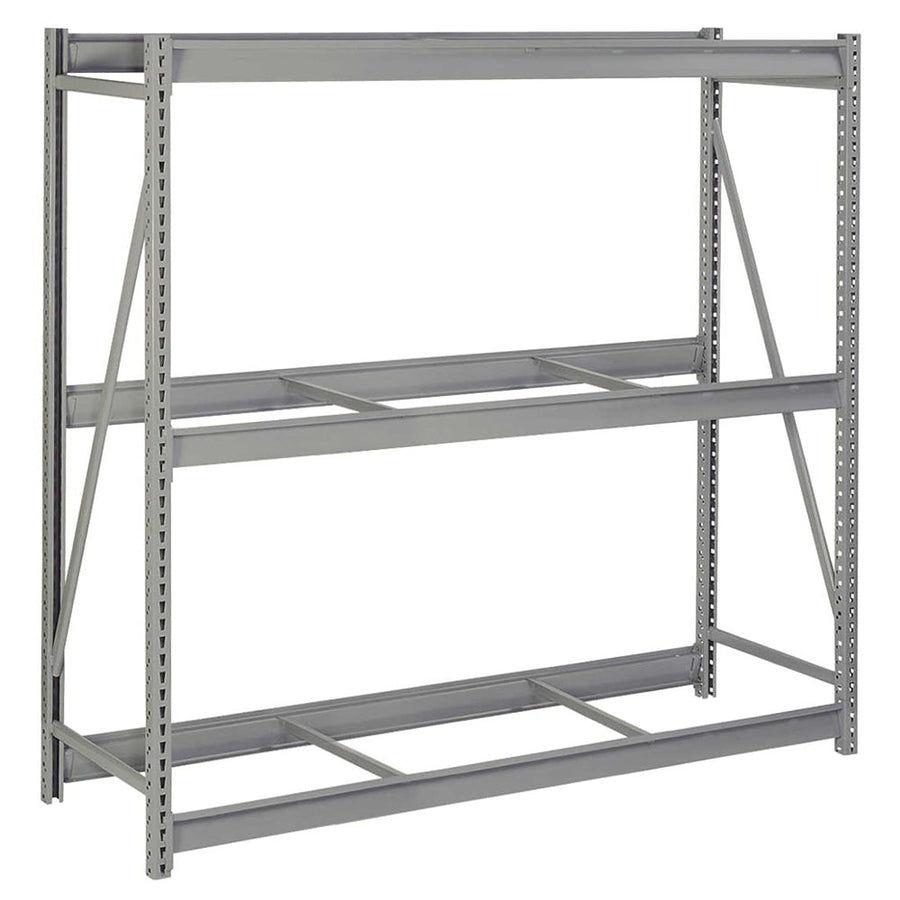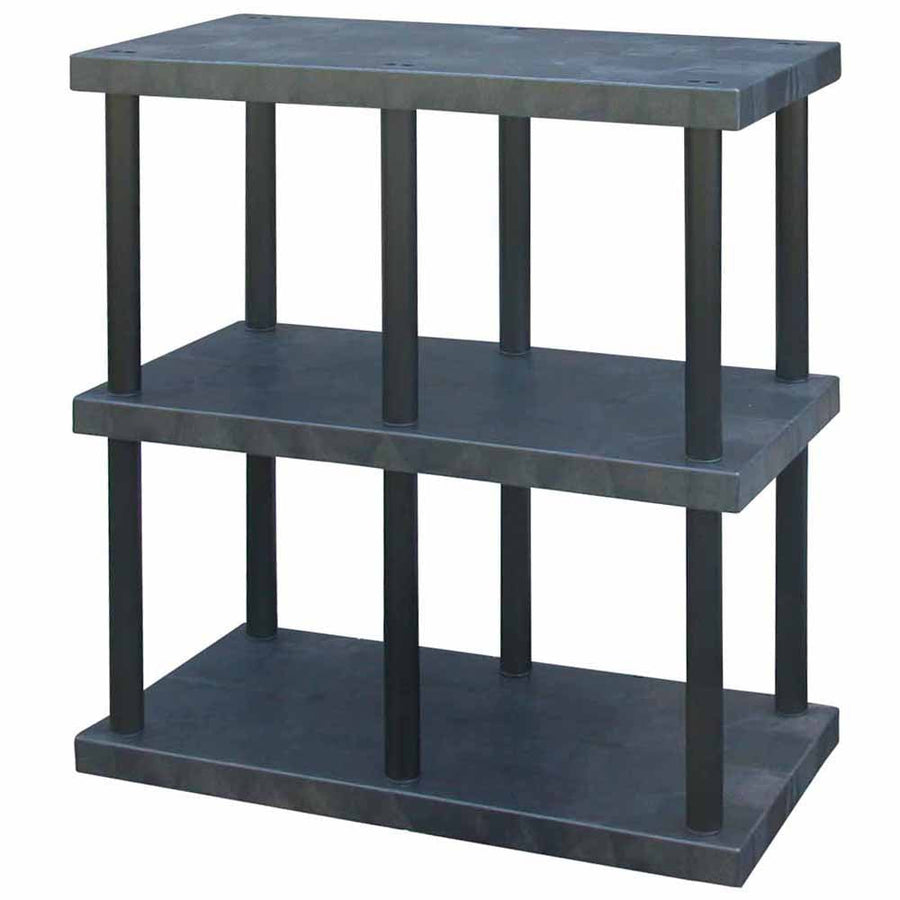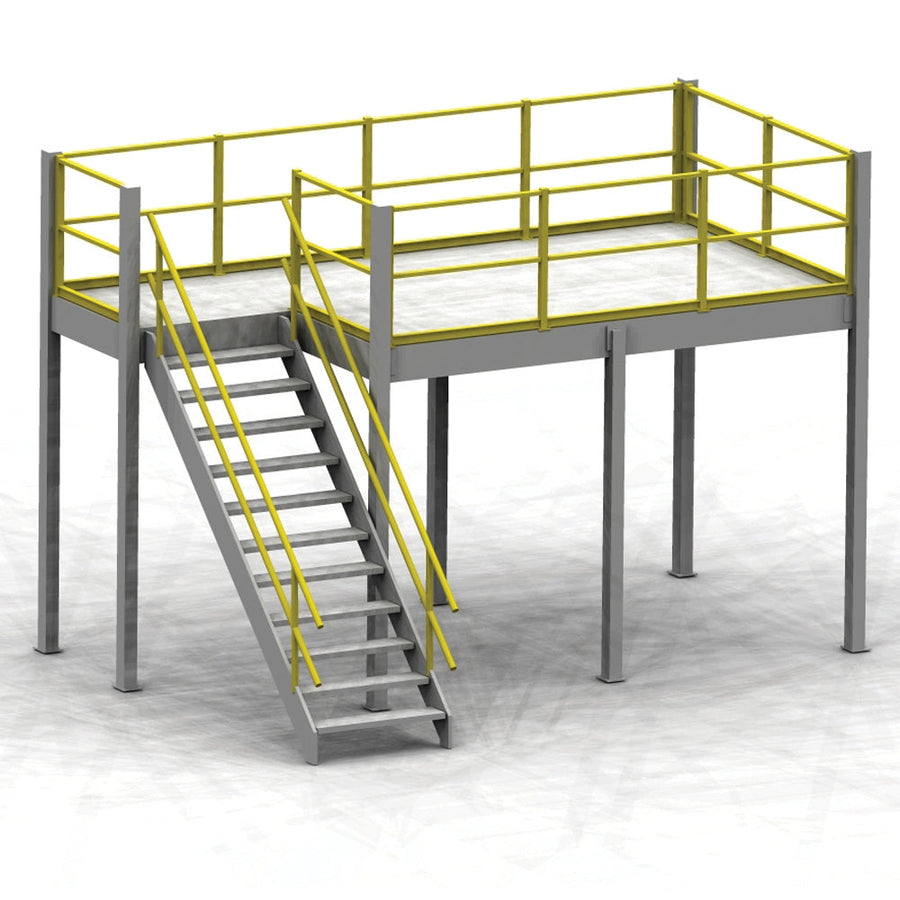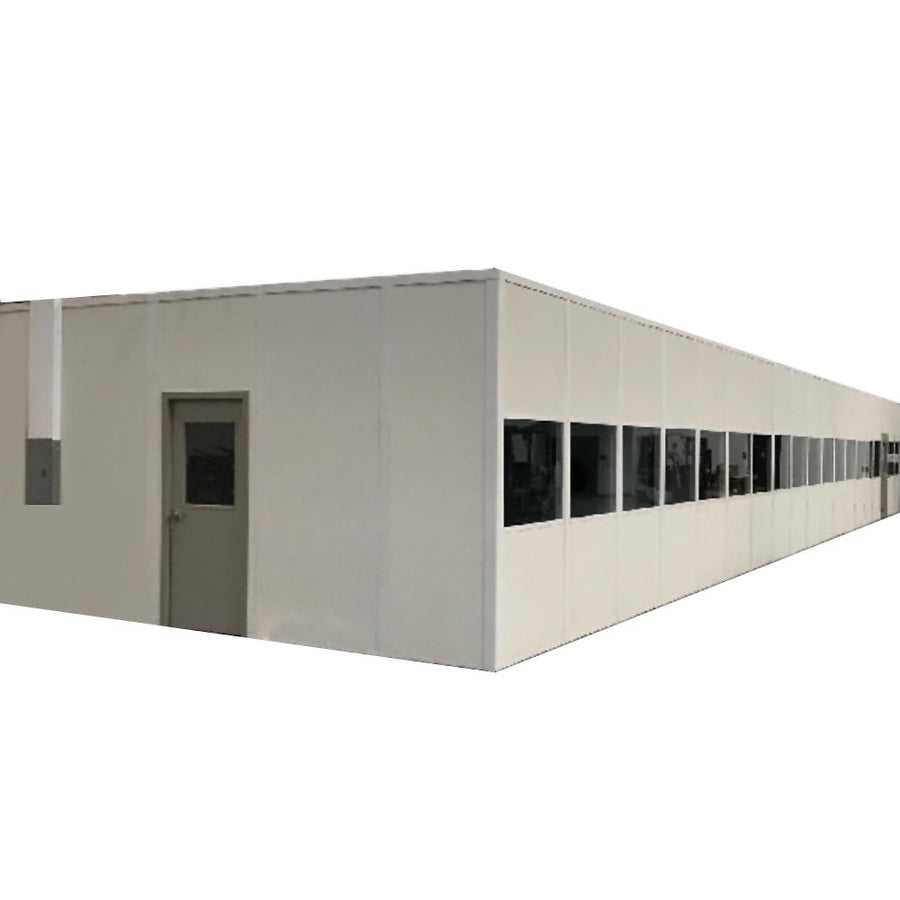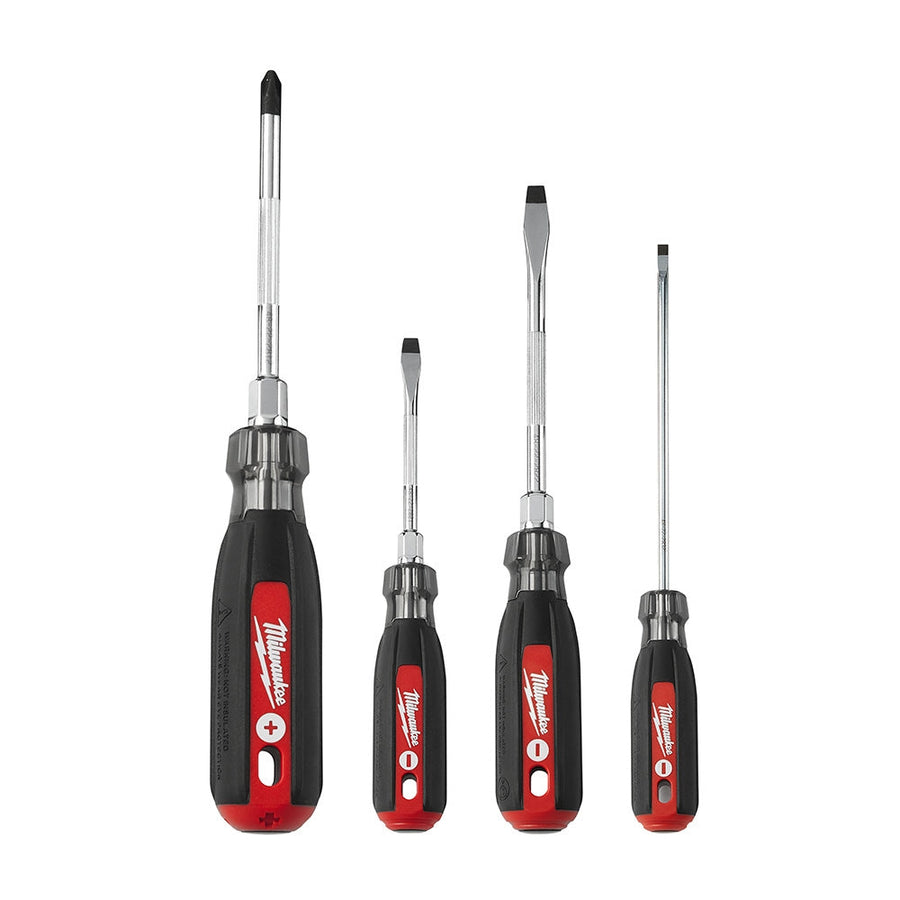From ecommerce to inventory warehouses, nearly every business has dealt with maintaining shipping and receiving practices. Items comes in, items come out, and it seems like it never ends sometimes.
Of course, you probably already have a workflow in place for dealing with inventory movement, and it probably gets the job done well enough. But have you ever considered how much time, money, and productivity you might be able to save and improve by revising your workflow? If you feel like your shipping & receiving practices are holding your business back, we’ve got a few tips and strategies to revise your shipping practices and keep your inventory flowing even faster than before.
Determine New Picking Strategies: Even if you have your pick strategy in place, revising or changing it might help you to make more immediate gains in time spent. The two most popular picking methods are known as discrete fulfillment and batch fulfillment. Discrete fulfillment is the most commonly used method for picking items for shipment, and involves printing paper packing slips to track down and retrieve items one at a time. Batch fulfillment, on the other hand, involves using barcode scanners to pick similar orders all at the same time, reducing the amount of time spent on tracking down items and filling individual orders by retrieving the items all at once. If your inventory is broad enough that batch fulfillment might be an optimum way to go, consider altering your picking strategies to meet customer demand faster.
Consider Using Receiving Software: A number of products exist these days to help track inventory receipts via software, handheld electronic scanners, and more. Tracking SKUs electronically helps reduce the risk of inventory error or miscount, provides faster access to necessary inventory level information, and will help provide better record storage if you need to go back and review shipments in the event of an error. It might be a bit of an investment upfront, but it will likely provide a lot of benefits in the long run, particularly if you deal with larger-than-normal inventory shipments.
Provide Additional Storage: One of the more common complaints surrounding shipping & receiving productivity loss is the lack of available storage. Take a look at your current shipping & receiving areas, as well as any area where inventory recounts or picking occurs, and make sure that you have enough wire shelving and industrial storage in these areas to make sure everything has room to be stored and accommodated. A lack of available storage may make these areas harder to work in, and will slow down your shipping processes.
Streamline Receiving Practices: Receiving goods is one of the most time-consuming tasks your business will face, regardless of the amount of items coming in. Consider moving strictly to a barcode-scanning method which can verify each item electronically and confirm the proper receipt of items with much less work hours being spent on the process.



